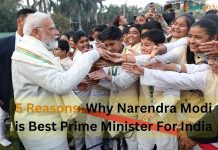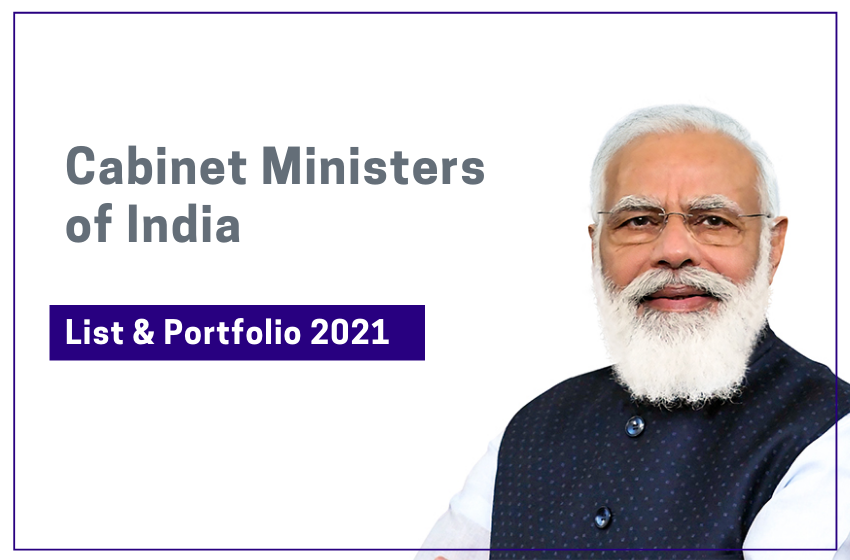India, the world’s largest democracy, has a multi party system. We have a parliament with elected representatives from both state and national parties. Multi party system has its pros and cons. The 545 members of the Lok Sabha (the lower house) comprise the legislature, which frames the laws governing the country.
Indian Politics is defined largely by the equations between the national parties, namely the Bahujan Samajwadi Party (BSP) a prominent player in Uttar Pradesh; Bharatiya Janata Party (BJP) which has its presence in numerous states both North & South of the Vindhyas and The Indian National Congress (known simply as the Congress Party), which is currently the ruling party.
As the 2014 Elections come closer, political watchers are keenly following the rise of Narendra Modi, the Chief Minister of Gujarat who has been recently nominated to lead the election campaign for BJP for the 2014 elections. Mr. Narendra Modi as he is known has also been slowly but surely preparing himself for the post of the PM.
Combined with the huge anti – incumbency feeling against the Congress and the failure of its heir apparent, Mr. Rahul Gandhi, in making any impact among the electorate, the 2014 elections is surely going to challenge quite a few exit polls.




